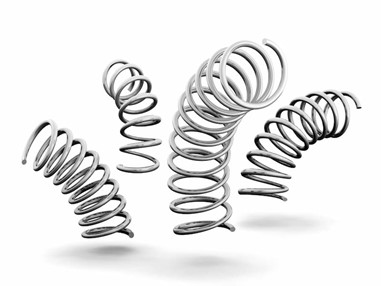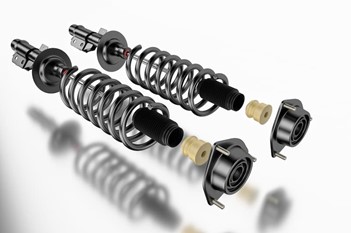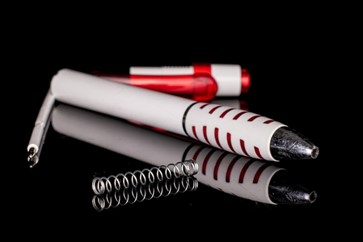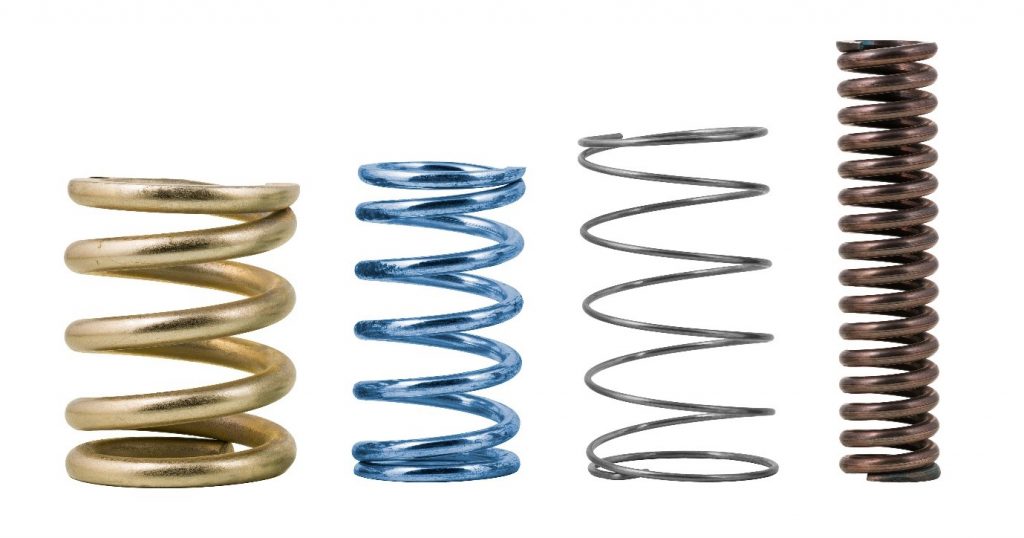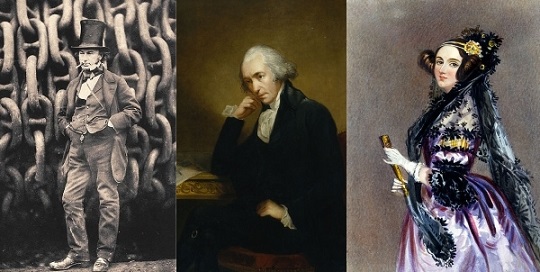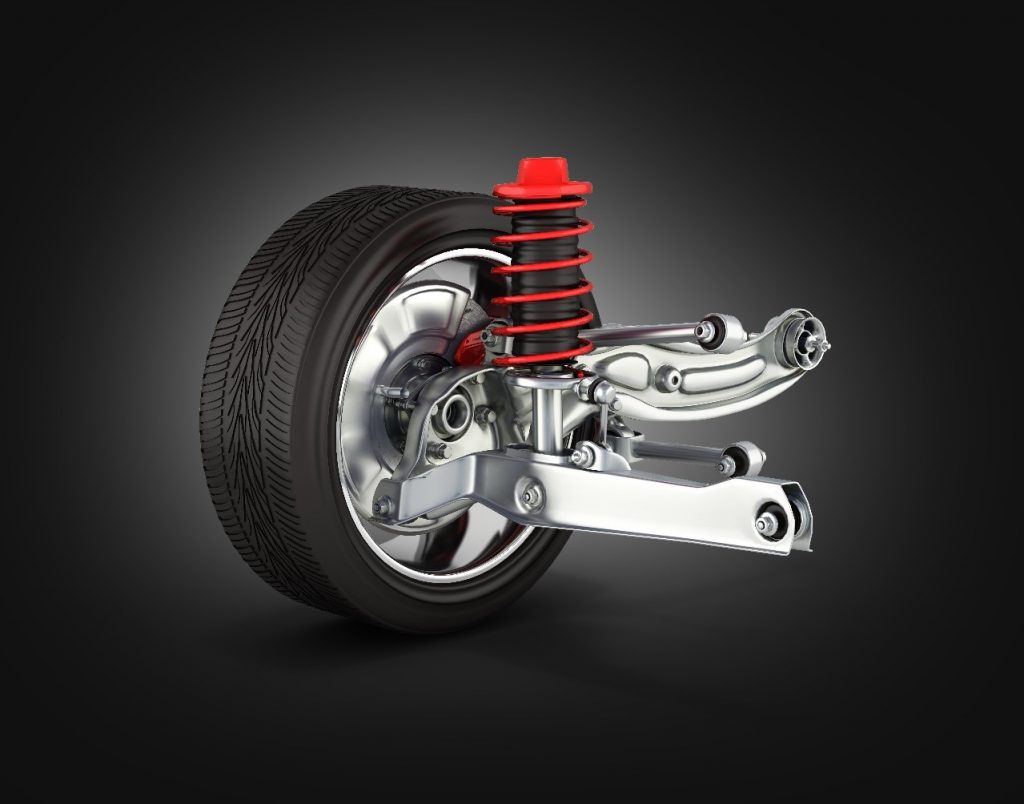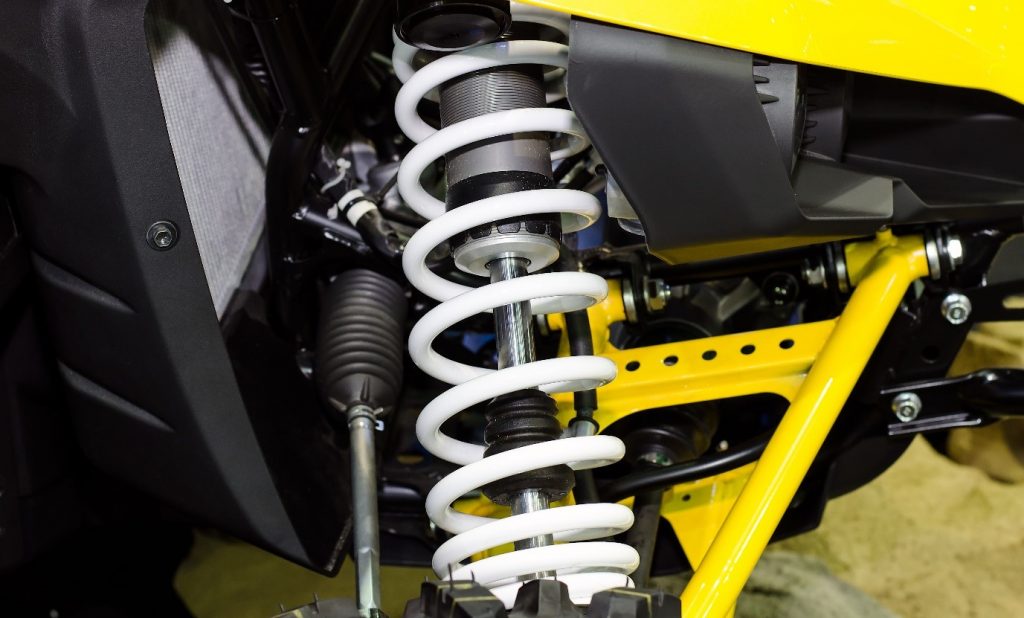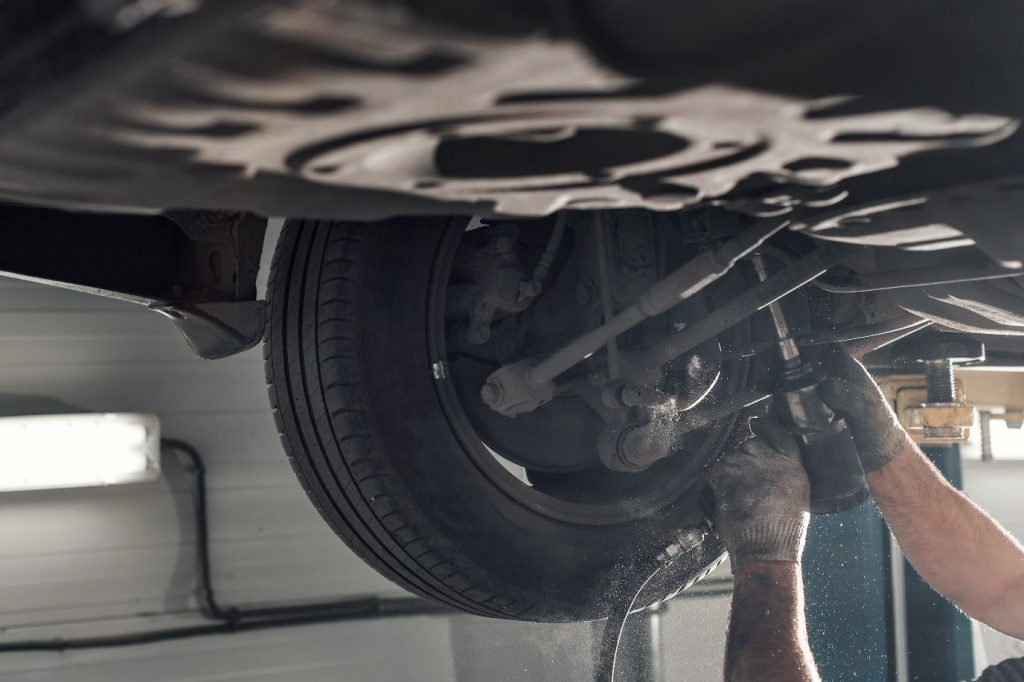To commemorate National Apprenticeship Week, we wanted to give some inspiration for those lucky enough to teach STEM subjects such as engineering. Teaching is a fascinating and rewarding career, but despite this, it can be challenging at times, especially when it comes to finding fresh new ideas to inspire the younger generations.
Engaging students in engineering is crucial, as it gives them a better understanding of the science and how it’s beneficial for society. Nurturing and developing students’ interest in engineering should begin in classrooms at an early age. Additionally, it’s vital to make it clear to students that university isn’t the only path and that, as young people, they should keep their options open.
That is why we’re looking into some engineering activities you can use in your classroom to help with lessons and hopefully spark some inspiration in your students to encourage them to continue with their engineering studies and participate in an apprenticeship. We’ll explore various activities that you can do with students of all ages – let’s take a look.
Team Building Activities
Group activities have the advantage of teaching students how to work together and use their strengths for the benefit of the team. It also allows them to develop interpersonal skills and self-confidence. For instance, you could have a paper plane contest. Students can create a design of their own or choose an existing one that they think is the fastest; they can then test this, and the plane that flies the furthest wins. Exercises like these help students develop their critical and spatial skills. It’s also an excellent activity for all ages. Primary school-age children will enjoy the excitement of testing their planes and watching them fly, whereas A-Level or high school-age young adults may see it as more of a competition and want to create the most successful design.
Another group activity that often proves successful is an escape room. This trend started with computer and phone games but has evolved into physical spaces. The idea is to place students in a closed room, and they have to solve clues and puzzles to get out. You can even divide students into teams, and the group that escapes the room with the fastest time is the winner. Not only is this a fun activity, but it allows students to think rationally, make decisions on the spot, grow their analytical skills, and become more confident in expressing their opinions. So get creative and design the escape room yourself in the classroom, or take it as an exciting opportunity to get out and go on a trip.
Experiments
Engineering can be a very practical science, so it only stands to reason that students should experience it that way. Conducting experiments in class will undoubtedly draw the students’ attention, as it’s something more visual and different from anything else they’re used to. In addition, when students see for themselves how engineering can be applied in the real world, they will be more interested in learning its ins and outs.
This is because even though engineering and maths, for instance, are objective and exact sciences, for many, they can be too ‘abstract’. This means that students might find it difficult to see the practicality of what they learn in class. Doing experiments can change that perspective and interest students in engineering. For example, building a functional pinwheel can help students better understand wheel-and-axle mechanisms, and constructing a set of gears will allow them to develop spatial and mathematical skills.
The options are limitless! Teaching engineering in the classroom requires creativity so that you can engage students in this and other STEM sciences from an early age.
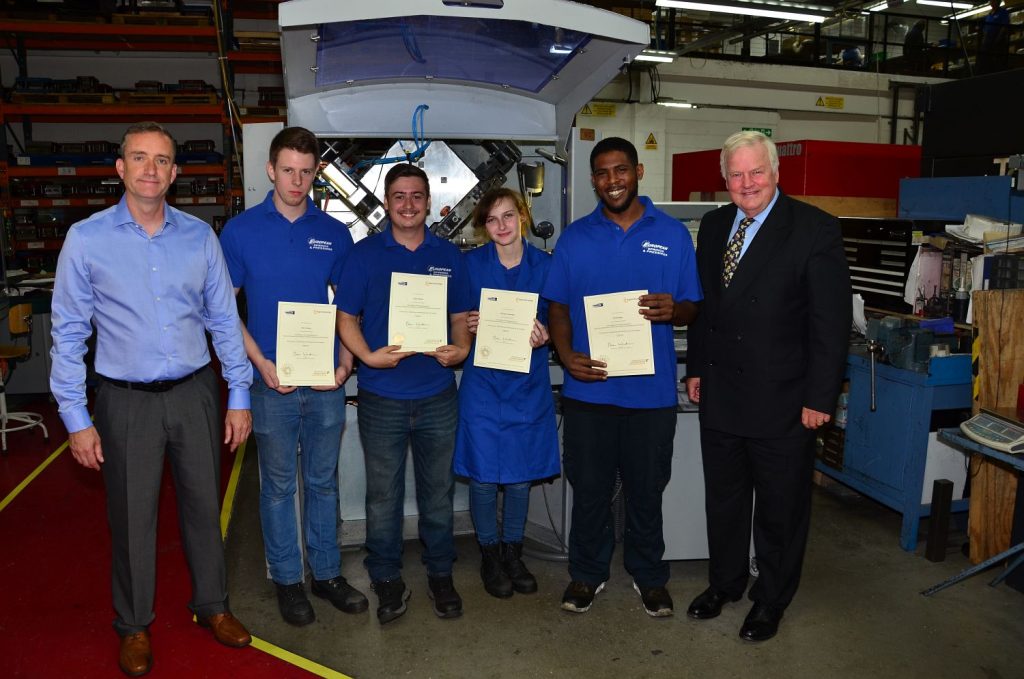
Make Your Activities Appropriate for All Learning Types
The above activities are very hands-on and perfect for those who learn best through practical tasks; however, it’s important to remember that not everyone learns best this way and that engineering isn’t always practical. In addition, the industry is so large and needs many different types of people to function as a whole. Consequently, you must include all kinds of learners in your teaching. For example, consider maths-based activities such as data collections as well as visual learning activities such as engaging videos and TV shows.
Try and cover as many learning types as you can in one session – you never know who you’re going to spark some inspiration in.
Ensuring Everyone is Included
Being inclusive is vital and something that we here at European Springs actively encourage. Engineering is a heavily male-dominated field, with women making up just 14.5% of engineers in the UK as of a report made in June 2021.
The key to levelling out these numbers is inspiring younger generations of women, which starts in the classroom. Just one activity completed in a classroom in primary school could spark an interest in a young girl that stays with her all the way through to choosing her career path as an engineer.
Engineering Apprenticeships at European Springs
At European Springs, we’re proud of our work to inspire and encourage younger generations to get involved in the engineering industry. We take on apprentices each year and work closely with them to develop their skills in an area that interests them. We do this by following a structure of hands-on learning techniques, including:
- Shadowing
- Supervised work
- Studying
- Assessment
If you’re someone considering an engineering apprenticeship, take some inspiration in National Apprenticeship Week and get in touch with the team at European Springs to start your journey.
Additionally, if you’re a teacher, we hope that this article has been helpful, and you now have some fresh ideas for getting your students engaged and interested in this fascinating industry.
As experienced spring manufacturers, not only do we provide unmatched knowledge and advice backed up by our years of experience, but we can help you out by providing quality bespoke pressings, custom springs, and other metal components. Please feel free to contact us to find out more about our products and services – a member of our team will be more than happy to help.


